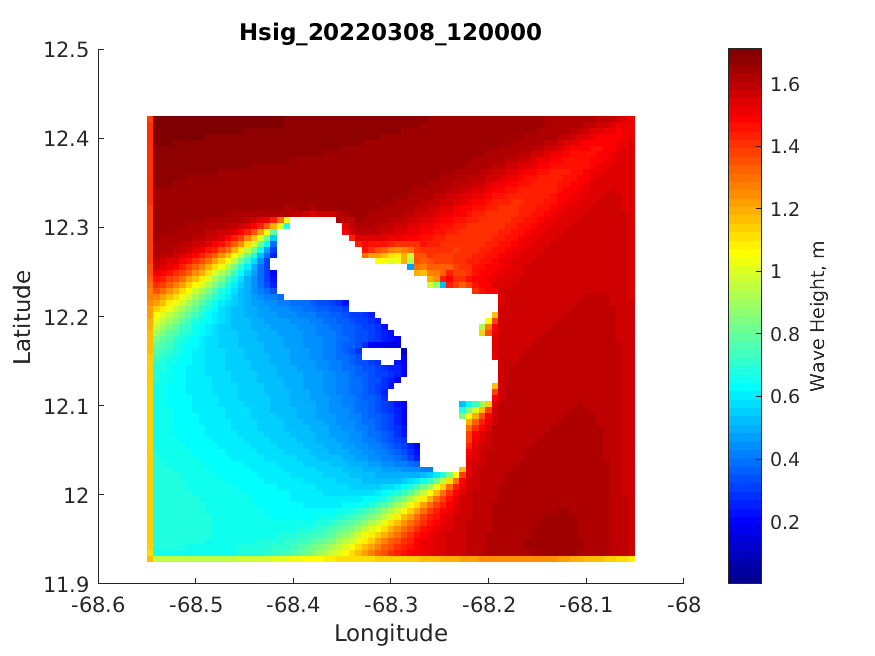The Science of ScubaWeather - Waves
Wave forecasts are a key feature of ScubaWeather. Unfortunately, the design of most global wave models does not resolve, literally 'clearly see', islands such as that are smaller than 20 miles long, such as Bonaire or Andros. This means the wave heights forecast for the sheltered side of the island are too high, because the island isn't there to block the waves coming from the windward side.
ScubaWeather runs SWAN, or Simulated WAves for Nearshore, in order to provide a reliable wave forecast around small islands, . SWAN is a third-generation wave model developed in the Netherlands for forecasting wind-generated waves in coastal regions and inland waters. It is ideal for forecasting waves around small islands and we are grateful that SWAN is readily available.
Presently there are over 30 islands that are run daily in order to ensure the wave heights are accurate.
- Andros
- Bimini
- Eleuthers
- Grand Bahama
- Nassau
- San Salvador
- Turks & Caicos
- Antigua
- Aruba
- Barbados
- Belize - Ambergris Caye & Turneffe Atoll
- Bonaire
- Cayman Islands
- Curacao
- Grenada - Carriacou & St. George
- Roatan
- St. Lucia
- British Virgin Islands
- US Virgin Islands
- St. Croix
- Monteserrat
- Dominica
- Guadeloupe
- Tobago
- Martinique
- Cancun
- Cozumel
- Galapagos
- Florida Keys
- Mauritius & Reunion
- Fiji
The following plot is a dramatic image of why we run the SWAN wave model for small islands. The waves are coming from the top right corner. The white squares represent the island of Bonaire. All of the dive sites are on the downwind side of the island where they are protected from the high waves. The typical global wave model does not even ‘see” Bonaire.

Should you have any questions, please
Contact Us
